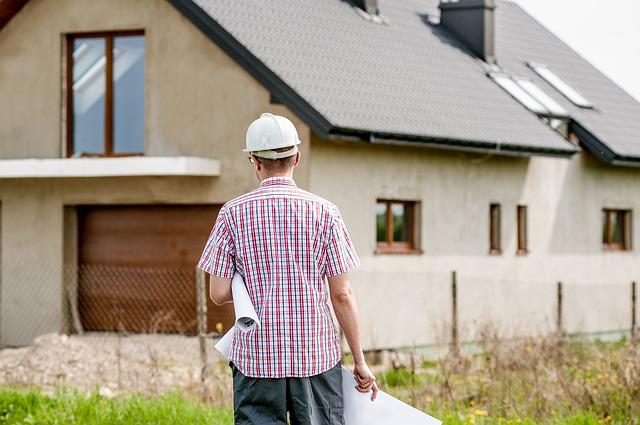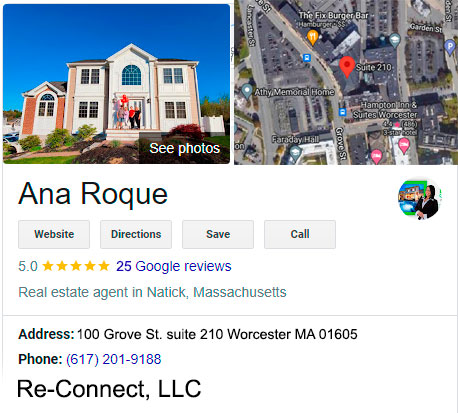Can I build a covered patio without a permit?
Whether you can build a covered patio without a permit depends on your local building codes and regulations, which can vary significantly from one jurisdiction to another. Building codes are typically enforced at the city or county level, and they are in place to ensure the safety and structural integrity of structures, including patios.
Here are some general guidelines to consider:
- Check Local Regulations: Start by checking with your local building department or city/county government to determine the specific requirements for your area. You can typically find this information on their website or by making a phone call.
- Size and Scope: Regulations often consider the size and scope of the project. Smaller, less complex structures may be exempt from permitting requirements in some areas. A simple pergola or small patio covering may not require a permit in some locations.
- Zoning Regulations: Zoning laws can also impact whether you need a permit. Your property’s zoning classification may dictate what types of structures are allowed and where they can be placed on your property.
- HOA Restrictions: If you live in a neighborhood with a homeowners association (HOA), they may have additional rules and regulations that you need to follow.
- Environmental Regulations: In some areas, environmental concerns, like protection of wetlands or conservation areas, can also affect permitting requirements.
- Safety Codes: Safety codes and standards may apply to the construction of your patio cover, ensuring that it is built to withstand the elements and is safe for use.
- Engineering Requirements: If your project involves significant changes to the structural integrity of your home or property, it may require engineering plans and approval.
It’s essential to do your due diligence and find out what’s required in your specific location. Ignoring permitting requirements can result in fines, the need to remove the structure, or complications when selling your property in the future.
If you find that a permit is required, you’ll need to submit an application, pay any associated fees, and have your plans reviewed by the local authorities before you can start construction. They will ensure that your project complies with local building codes and regulations.
Always consult with your local building department or a professional contractor experienced in your area to get the most accurate and up-to-date information regarding permit requirements for building a covered patio.
What can a homeowner do without a permit
What a homeowner can do without a permit varies depending on local building codes, zoning regulations, and other factors, so it’s important to check with your local authorities for specific guidelines. However, there are some common home improvement projects that typically do not require a permit in many areas. These may include:
- Cosmetic Interior Work: Cosmetic changes to the interior of your home, such as painting, wallpapering, replacing flooring, and installing new cabinetry or countertops, often do not require permits.
- Minor Repairs: Routine maintenance and minor repairs like fixing leaky faucets, repairing minor electrical issues, and replacing broken windows typically do not require permits.
- Landscaping: Basic landscaping projects, including planting trees, shrubs, and flowers, as well as adding garden features like paths, patios, or decorative fences, often don’t need permits. However, significant grading or earthwork may be subject to regulation.
- Furniture and Appliance Installation: Installing new furniture, appliances, and fixtures such as ceiling fans or light fixtures is usually considered routine maintenance and doesn’t require permits.
- Fences: In many areas, fences under a certain height (often 6 feet or lower) may not require a permit. However, there may be restrictions on materials and design.
- Interior Renovations: Minor interior renovations like changing the layout of a room, replacing doors, or upgrading your kitchen or bathroom fixtures may not require permits, but major structural changes might.
- Roof Repairs: Simple roof repairs or re-roofing with the same materials often do not require permits, but installing a new type of roofing material or significant structural changes to the roof may require one.
- Sheds and Small Outbuildings: Smaller structures like sheds, playhouses, or small storage buildings may not need permits if they are below a certain size. However, there are usually size and location restrictions.
- Swimming Pools: In some areas, above-ground pools and small, shallow in-ground pools may not require permits. Larger in-ground pools typically do require permits.
Remember that even if a specific project doesn’t require a permit, you should still adhere to all relevant building codes and safety standards. Also, local regulations can change, so it’s a good idea to double-check with your local building department or planning office to confirm whether a permit is necessary for your specific project. It’s always better to be informed and in compliance with local regulations to avoid potential issues down the road.

Do you need permit to remodel your kitchen?
Whether you need a permit to remodel your kitchen depends on the scope of the remodel and your local building codes and regulations. In many cases, minor cosmetic changes or upgrades may not require a permit, while more extensive renovations that involve structural changes, electrical work, plumbing, or changes to the overall layout of the kitchen often do require permits. Here are some general guidelines:
Projects That Typically Require Permits:
- Structural Changes: If your kitchen remodel involves changing the layout by moving or removing walls, windows, or doors, it likely requires a permit. This includes opening up spaces or combining rooms.
- Electrical Work: Any changes to electrical wiring, outlets, or lighting usually require permits. This includes adding new circuits, installing under-cabinet lighting, or relocating electrical outlets.
- Plumbing Work: Installing or relocating plumbing fixtures, such as sinks, dishwashers, or gas lines for stoves, usually requires permits.
- Adding or Replacing Windows or Doors: If you’re adding new windows or exterior doors, or replacing existing ones, permits are often necessary.
- Structural Changes: Any work that affects the structural integrity of your home, such as removing load-bearing walls or making major structural alterations, typically requires permits.
- Major Appliance Upgrades: Installing new appliances that require changes to electrical or gas lines may need permits.
Projects That May Not Require Permits:
- Cosmetic Changes: Projects like painting, replacing cabinet doors, or changing countertops and backsplashes usually do not require permits.
- Cabinet and Fixture Replacement: Swapping out old cabinets, sinks, faucets, or light fixtures without making structural changes generally does not require permits.
- Flooring Replacement: Changing the flooring material in your kitchen is typically a cosmetic upgrade and often doesn’t require permits.
- Countertop Replacement: Installing new countertops without changing the layout or structure of the kitchen usually doesn’t require permits.
It’s essential to check with your local building department or permit office to determine the specific requirements for your area. Building codes and permit regulations vary from place to place, so what may be exempt in one jurisdiction could require a permit in another. Additionally, consulting with a licensed contractor or remodeler can also help you understand the permitting requirements for your specific project. Complying with local regulations ensures that your kitchen remodel is done safely and up to code.

Are you ready to take the next step to buy(or sale) your home and start building a legacy for your family?…Let me help you!
“Your Dream Home is my Mission”. I am a Brazilian Licensed Realtor at Re-Connect, LLC with 18+ years of experience in the Real Estate industry. I speaks 3 languages (Portuguese, English, Spanish). Let me join your journey in the Real Estate Industry, and receive my assistance above and beyond to accomplish your DREAM!
CALL NOW: (617) 201-9188 Ana Roque | 100 Grove St. Suite 210 Worcester MA 01605






